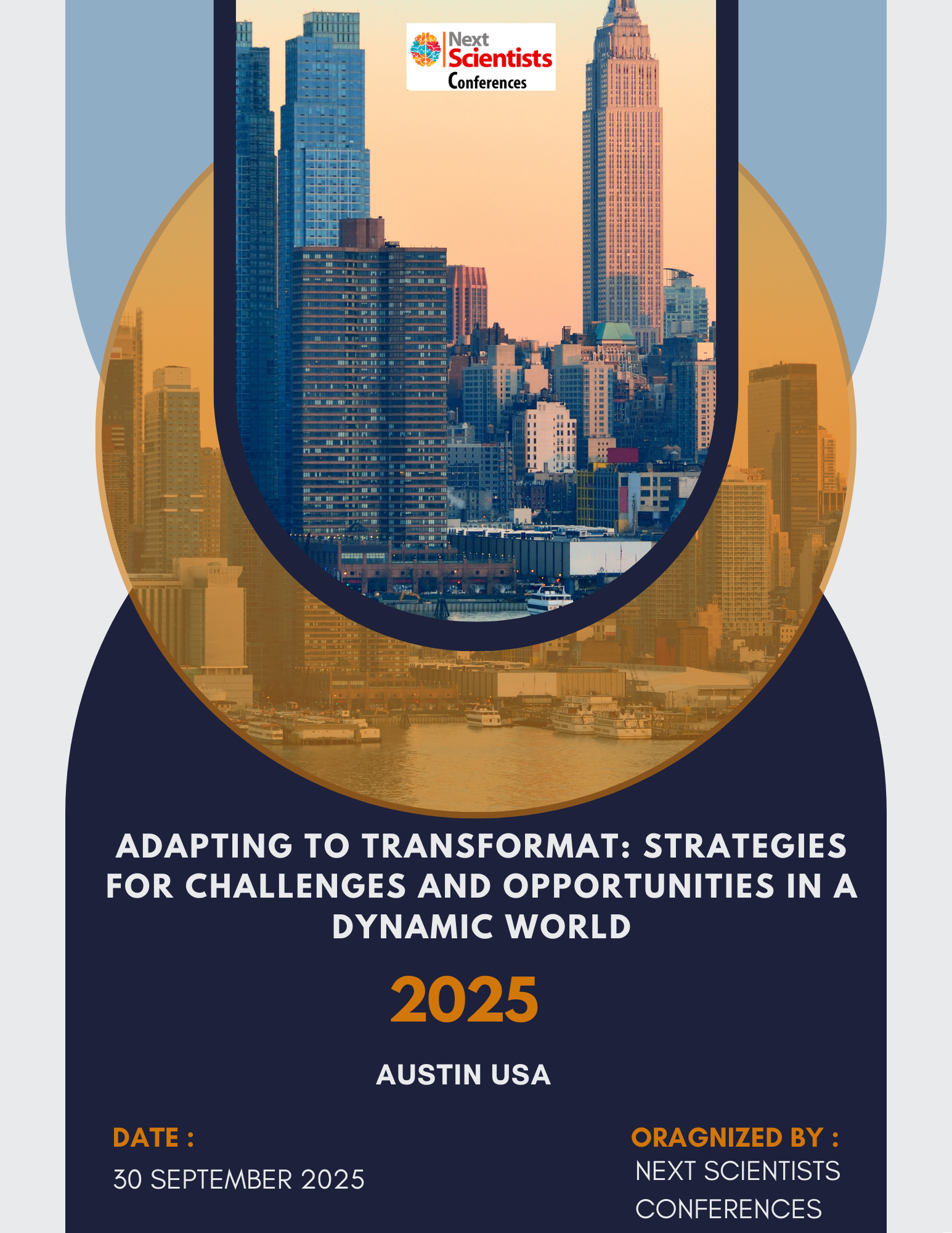Project-Based Learning In Physics Education And Its Effectiveness In The Steam Context
Keywords:
Physics education, project-based learning, STEAMAbstract
This thesis examines project-based learning (PBL) as a core instructional strategy in physics and evaluates its effectiveness when embedded within a STEAM framework that integrates science, technology, engineering, arts, and mathematics. Drawing on learning theories of constructivism, experiential cycles, and socio-cultural mediation, the study argues that PBL reorganizes physics instruction around authentic problems, iterative design, and public communication, thereby promoting conceptual stability, transfer of knowledge, and scientific literacy. A design-oriented analysis outlines how physics concepts are operationalized through measurable constraints and artifacts, how assessment practices shift from recall toward performance and argumentation, and how the inclusion of artistic representation broadens participation without diminishing disciplinary rigor. The discussion identifies enabling conditions—curricular mapping, analytic rubrics, teacher collaboration, and resource pragmatics—and addresses common risks such as superficial integration or product-over-process evaluation. The thesis concludes that PBL within STEAM substantively strengthens physics learning by aligning theory with evidence, modeling with making, and explanation with audience-aware communication.
References
NGSS Lead States. Next Generation Science Standards: For States, By States: monograph. Washington, DC: National Academies Press, 2013. 532 p.
National Research Council. A Framework for K–12 Science Education: Practices, Crosscutting Concepts, and Core Ideas: monograph. Washington, DC: National Academies Press, 2012. 400 p.
Bybee R. W. The Case for STEM Education: Challenges and Opportunities: monograph. Arlington, VA: NSTA Press, 2013. 192 p.
AAPT (American Association of Physics Teachers). Recommendations for the Undergraduate Physics Laboratory Curriculum: report. College Park, MD: AAPT, 2014. 28 p.
Hmelo-Silver C. E., Duncan R. G., Chinn C. A. Scaffolding and achievement in problem-based and inquiry learning: A response to Kirschner, Sweller, and Clark (2006). Educational Psychologist, 2007, vol. 42, no. 2, pp. 99–107.
Fortus D., Dershimer R. C., Krajcik J. S., Marx R. W., Mamlok-Naaman R. Design-based science and real-world problem solving. International Journal of Science Education, 2004, vol. 26, no. 8, pp. 855–879.
Kolb D. A. Experiential Learning: Experience as the Source of Learning and Development: monograph. Englewood Cliffs: Prentice Hall, 1984. 256 p.
Vygotsky L. S. Mind in Society: The Development of Higher Psychological Processes: monograph. Cambridge, MA: Harvard University Press, 1978. 176 p.
Honey M., Kanter D. (eds.). Design, Make, Play: Growing the Next Generation of STEM Innovators: monograph. New York: Routledge, 2013. 256 p.
Quillin K., Thomas S. Drawing-to-learn: A framework for using drawings to promote model-based reasoning. CBE—Life Sciences Education, 2015, vol. 14, no. 1, pp. 1–16.
Papert S. Mindstorms: Children, Computers, and Powerful Ideas: monograph. New York: Basic Books, 1980. 230 p.
Brown J. S., Collins A., Duguid P. Situated cognition and the culture of learning. Educational Researcher, 1989, vol. 18, no. 1, pp. 32–42.


